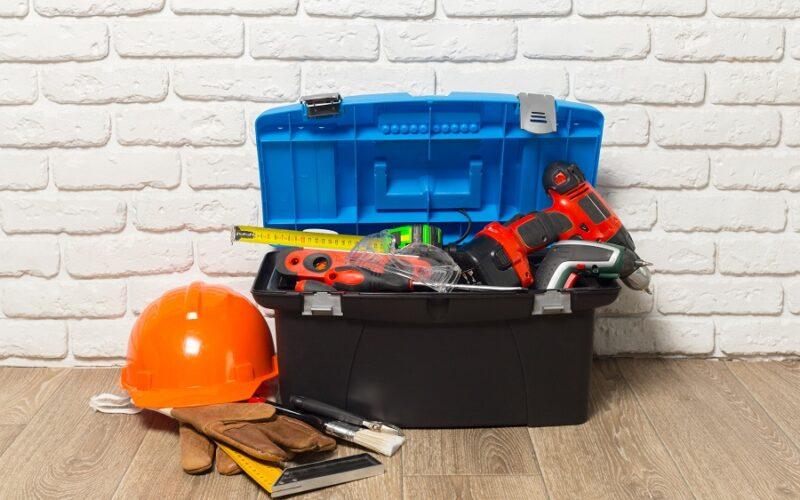
How To Choose The Right Lock For Your Toolbox
Tools are essential for any worker, whether it’s a professional mechanic or a DIY enthusiast. The cost of tools is high, and it takes years to build a collection of quality tools. Therefore, it’s important to keep them secure and protected from theft or damage. Toolbox locks are one of the most effective ways to keep your tools safe, but choosing the right lock can be challenging. This article will provide you with a comprehensive guide to choosing the right lock for your toolbox.
Consider Your Budget
The very first thing to consider when choosing a lock for your toolbox is your budget. Locks come in a variety of price ranges, and you do not want to overspend on a lock that may not be necessary. If you have a small budget, you may want to consider a padlock. Padlocks are affordable and come in different sizes and security levels.
If you have a larger budget, you may want to consider a high-security lock. These locks are designed to be tamper-proof and have advanced features that prevent unauthorized access. Some of these locks use biometric technology or have keyless entry systems. When looking for a toolbox lock, it is important to research the reputation and quality of the toolbox locks manufacturer to ensure that you are purchasing a lock that is reliable and durable.
Choose The Right Type Of Lock
The type of lock you choose will depend on your needs and preferences. Here are a few of the most common types of locks used for toolboxes:
- Padlocks– Padlocks are one of the most popular types of locks used for toolboxes. They are easy to use and come in a variety of sizes and security levels.
- Cam Locks– Cam locks are a type of lock that uses a rotating cam to secure the lock. They are commonly used on toolboxes and cabinets.
- Deadbolts– Deadbolts are a type of lock that uses a bolt to secure the lock. They are commonly used for door locks but can also be used on toolboxes.
- Combination Locks– Combination locks use a series of numbers or letters to unlock the lock. They are easy to use and do not require a key.
- Electronic Locks– Electronic locks use electronic components to secure the lock. They can be operated with a key or a code, and some models use biometric technology to unlock the lock.
Consider The Security Level
The security level of a lock is an important consideration when choosing a lock for your toolbox. The security level refers to how difficult it is to pick, cut, or break the lock. Here are the most common security levels for locks:
- Low Security– Low-security locks are easy to pick or cut. They are suitable for toolboxes that do not contain expensive or valuable tools.
- Medium Security– Medium-security locks are more difficult to pick or cut than low-security locks. They are suitable for toolboxes that contain moderate-value tools.
- High Security– High-security locks are designed to be tamper-proof and are extremely difficult to pick, cut, or break. They are suitable for toolboxes that contain expensive or valuable tools.
Consider The Material Of The Lock
The material of the lock is also an important consideration when choosing a lock for your toolbox. The material of the lock determines how durable and resistant it is to corrosion and wear. Here are a few of the most common materials used for locks:
- Steel– Steel is one of the most common materials used for locks. It is strong, durable, and resistant to wear and corrosion. Steel locks are suitable for toolboxes that may be exposed to harsh environments, such as construction sites or outdoor work areas.
- Brass– Brass is a popular material for locks because it is corrosion-resistant and has a shiny appearance. Brass locks are suitable for indoor use and are very less likely to corrode or rust than steel locks.
- Aluminum– Aluminum locks are lightweight and corrosion-resistant, but they may not be as strong as steel or brass locks. Aluminum locks are suitable for toolboxes that do not contain expensive or valuable tools.
Consider The Size Of The Lock
The size of the lock is another important consideration when choosing a lock for your toolbox. The size of the lock should be proportional to the size of the toolbox. A small lock may not provide enough security for a large toolbox, while a large lock may be unnecessary for a small toolbox. Consider the size of the lock when making your purchase and make sure that it is the right size for your toolbox.





